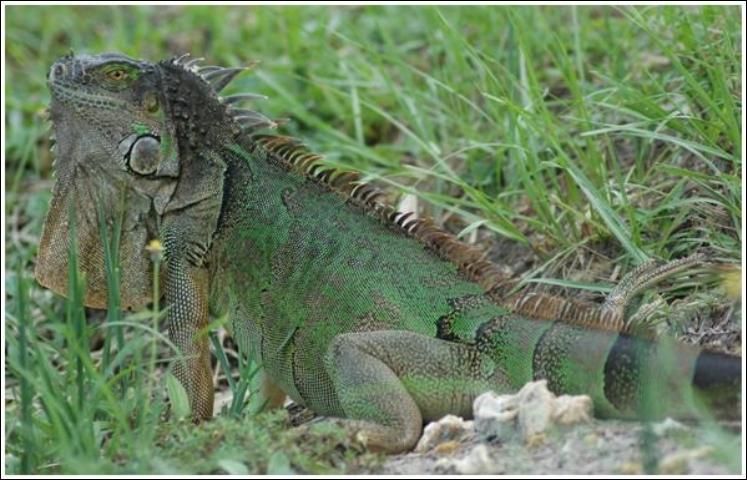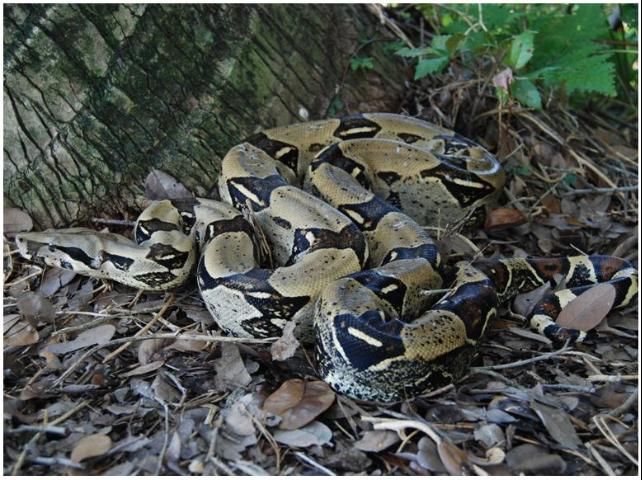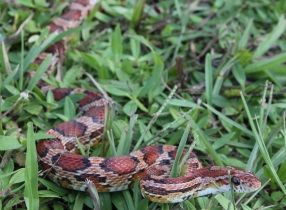This document is best viewed in pdf form. All photos are property of University of Florida unless otherwise noted.
- The nonnative reptiles shown here are native to Central and South America, Asia, and Africa. They were introduced to south Florida by human activity.
- Invasive species harm native species through direct predation, competition for resources, spread of disease, and disruption of natural ecosystems. Many of the nonnative reptiles on this guide are, or have the potential to become, invasive.
- Use this guide to identify invasive species and immediately report sightings of the black and white tegu, Nile monitor, and all invasive snakes to 1-888-IVE-GOT1. Take a photo and note the location relative to street intersections or with a GPS if possible.
- More photos can be found at www.flmnh.ufl.edu/herpetology/herpetology.htm.
- Be certain that an animal is a nonnative species before removing it. Warning—most reptiles will bite or scratch if provoked.
Nonnative species are sometimes confused with the Florida natives shown because their colorations and patterns are very similar. Pay attention to the distinct characteristics and typical adult sizes listed on this guide to avoid confusion when you encounter these animals.
Nonnative Lizards


Credit: William Flaxington

Credit: David Barkasy

Credit: Ianaré Sévi

Credit: Bill Bayless


Credit: Bill Bayless
Native Look-Alikes


Credit: Steve Johnson

Credit: Steve Johnson

Nonnative Snakes Report sightings to www.IveGot1.org or 1-888-IVE-GOT1 (1-888-483-4681)



Credit: Bjorn Lardener, Colorado State University




Credit: Lutz Dirksen, US Geological Survey
NATIVE Snakes Sometimes Confused with Invasives
Note that invasive snakes are much heavier-bodied than most natives and always have smooth, shiny scales. Cottonmouths and rattlesnakes have a more distinctively triangular head than the invasive snakes.




